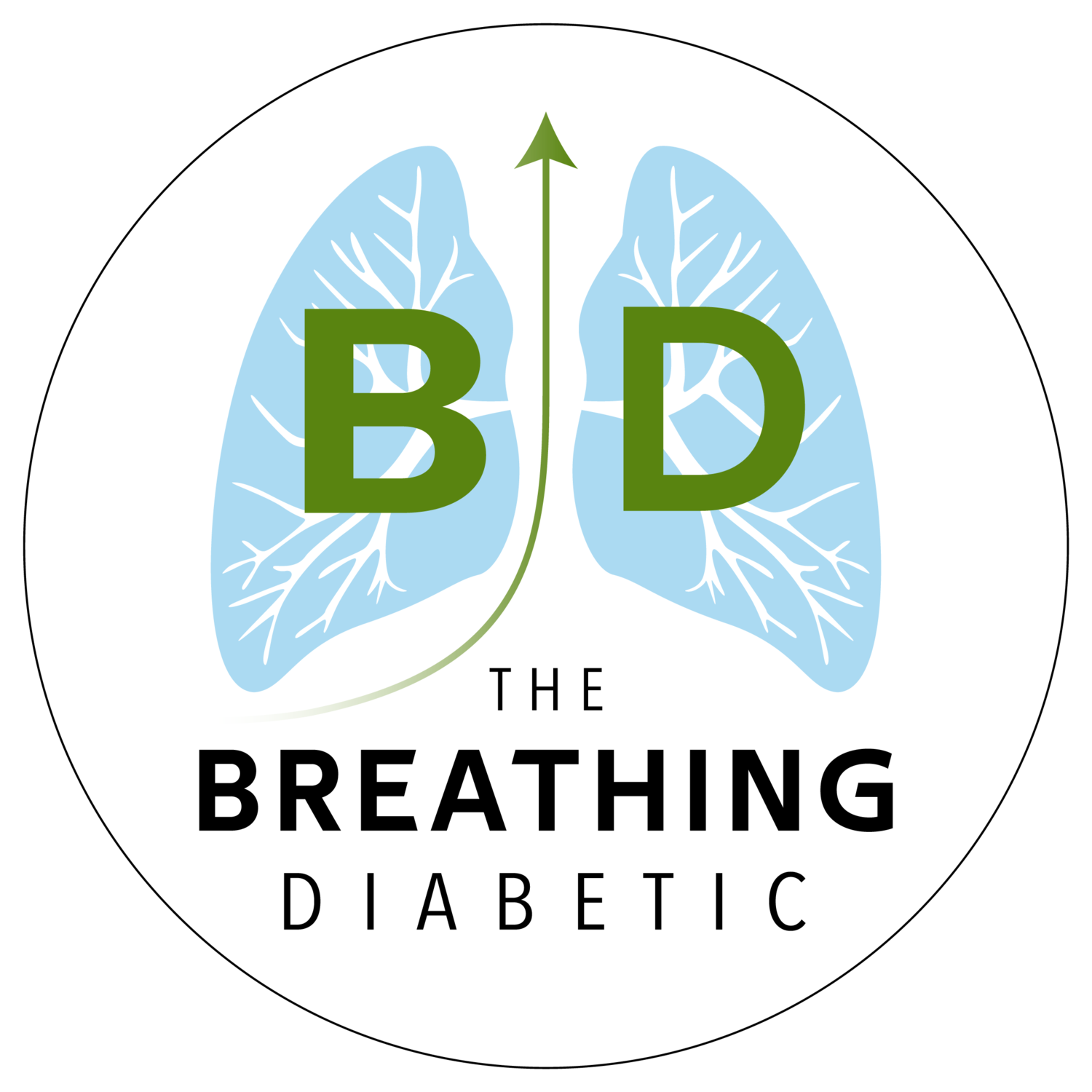Reading Time: 1 min 54 sec
I hope the next 23’ish breaths are the most nourishing of your day.
4 THOUGHTS
1. Increasing Cerebrospinal Fluid (CSF) Flow to the Brain
“With rigorous testing, we demonstrated that the three yogic breathing patterns (slow, deep abdominal and deep diaphragmatic) immediately increased both cranially directed instantaneous CSF velocities and power of respiratory-driven CSF motion.”
This study found that yogic breathing increased cerebrospinal fluid flow toward the brain by 16-28%, with the most significant changes occurring during deep abdominal breathing. These findings may help explain how breathing techniques improve brain health.
Check out the study breakdown on IG.
2. Nasal Stimulation, Brain Changes, and Non-Ordinary Consciousness
“In conclusion, we found that nasal, and not mouth breathing, is able to induce a non-ordinary state of consciousness characterized at a neurophysiological level by:
1) An enhancement of power at slow frequencies (especially in the theta band) in medial prefrontal and posterior areas
2) A widespread increase of connectivity both at slow (theta) and fast (high-beta) frequencies
3) Heightened theta/high-beta coupling in medial prefrontal and posterior areas”
And critically, those brain changes led participants to feel less physical and psychological tension, less anxiety, more joy, and to enter a relaxed yet fully aware altered state of consciousness during slow nasal breathing vs. slow mouth breathing.
Check out the study breakdown on IG.
3. Three Science-Based Breath-Brain Quotes
“The brain, by regulating breathing, controls its own excitability.” - Journal of Physiology (1988)
"Messages from the respiratory system have rapid, powerful effects on major brain centers involved in thought, emotion, and behavior." - Dr. Patricia Gerbarg and Dr. Richard Brown
“Respiration, being so closely coupled to heart activity and oxygen supply, is key in maintaining metabolic activity in all organs including the brain.” - Neuroscience Bulletin (2023)
4. Alternate Nostril Breathing & Motor Skill Retention
“Our results thus uncover for the first time the remarkable facilitatory effects of simple breathing practices on complex functions such as motor memory, and have important implications for sports training and neuromotor rehabilitation in which better retention of learned motor skills is highly desirable.”
This one found that practicing alternate nostril breathing right after learning a motor skill significantly improved the short- and long-term retention of that skill. I highly recommend the study breakdown on IG, as this was a neat one!
1 Quote
“Humming induces brainwave entrainment, and since the sound of a hum is long and sustained, it has a calming effect on the brain.””
1 Answer
Category: Breath-Brain Connections
Answer: Through its direct connection to this brain region, nasal breathing can indirectly influence brain activity in other regions like the amygdala and hippocampus.
…
(Cue the Jeopardy! music.)
…
Question: What is the olfactory bulb?
In good breath,
Nick Heath, T1D, PhD
“Breathing is the compound interest of health & wellness.”
Enjoy these posts? Donate to say thanks!
P.S. just know that I also cannot tell
The Breathing App for Diabetes
This is the first program specifically made for people with diabetes to help manage their stress through breathing and mindfulness practices. In addition to the amazing program inside the app, we have some really neat things coming up, so sign up now!
Amazon Associate Disclosure
I’ve been recommending books for almost 6 years. Yet somehow, I just discovered that I could be an Amazon affiliate [face-palm]. In any case better late than never. Now, any Amazon link you click is an affiliate link. As an Amazon Associate, I earn from qualifying purchases. So, if you’d like to support my work, buying books through these links is helpful : )
* An asterisk by a quote indicates that I listened to this book on Audible. Therefore, the quotation might not be correct, but is my best attempt at reproducing the punctuation based on the narrator’s pace, tone, and pauses.
